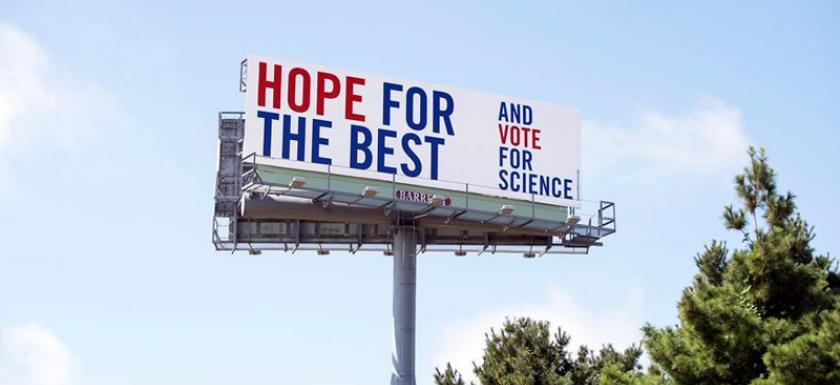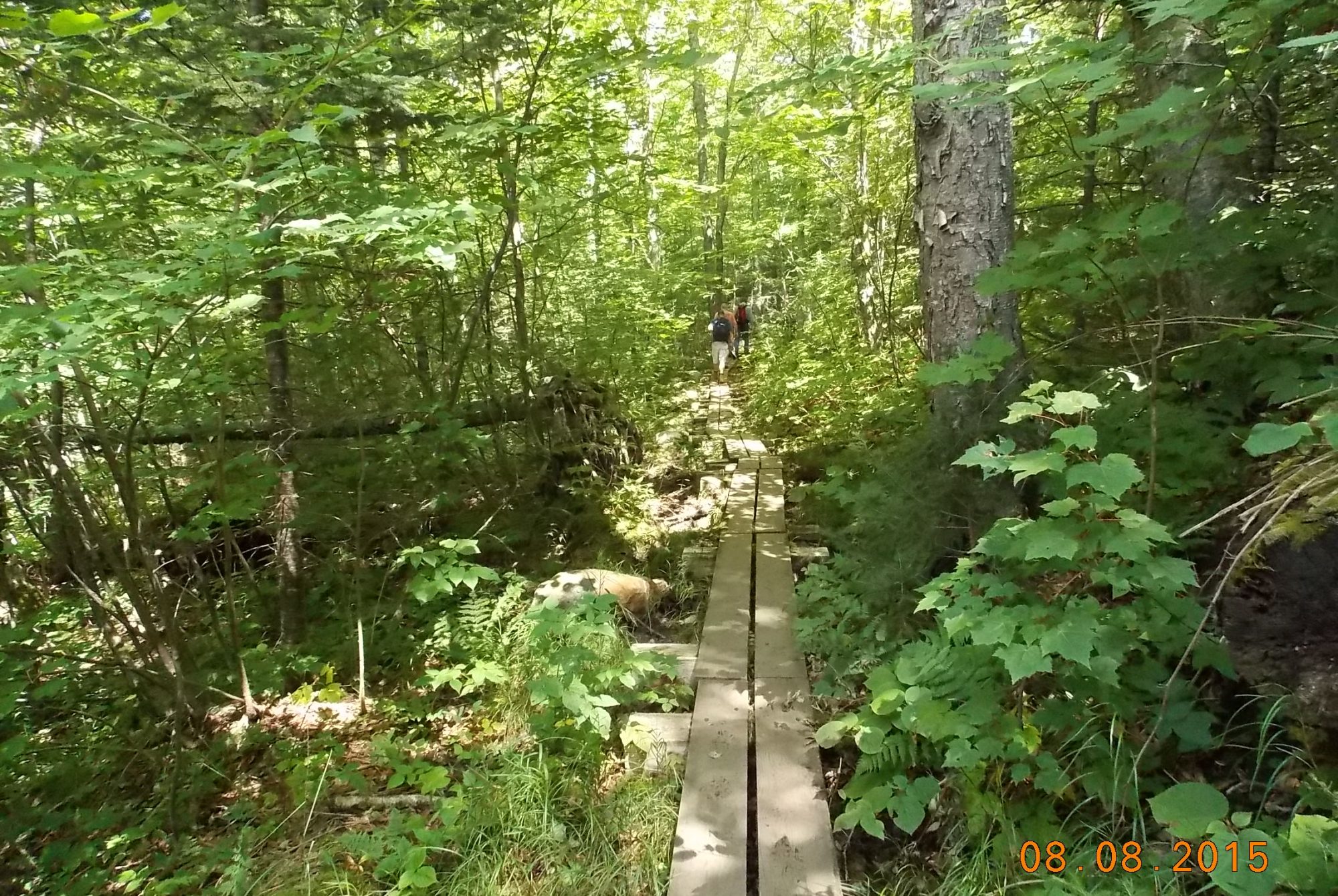
The Real Effects of How Eating Animals Creates Climate Change.
How does farming effect natural ecosystems lake fields and forests that would otherwise have occupied the land in the absence of meat production? The December 13, 2018 Nature (V. 564; Pg.249)(1) estimates that the carbon cost of chicken is six times higher than soya, while milk is 15 times higher and beef 73 times.
One pound of beef protein has a carbon footprint of 105 lb of carbon. 4 ounces of beef has a carbon foot print to 6.61 lbs (2) while providing 28g/1oz of actual protein (3). These are conservative numbers as different studies have reported greater impacts.
Reforesting pastures, biofuel production and diet changes can have a greater impact our future climate than previously understood. Native vegetation and soils store carbon. Their storage loss from beef, pork and chicken farming with added emissions from farming create around 20% of all greenhouse gas emissions. This is an essential part of the solution and problem since global food demands are expected to grow more than 50% by 2050 as global prosperity increases (4).
The Aug 8, 2019 IPCC Report “climate Change And Land” (5) Agriculture, Forestry and Other Land Use (AFOLU) activities accounted for around 13% of CO2, 44% of methane (CH4), and 82% of nitrous oxide (N2O) emissions from human activities globally during 2007-2016, representing 23% (12.0 +/- 3.0 GtCO2e yr-1) of total net anthropogenic emissions of GHGs21.
Investments in land restoration can result in global benefits and in drylands can have benefit-cost ratios of between three and six in terms of the estimated economic value of restored ecosystem services (medium confidence). Many sustainable land management technologies and practices are profitable within three to 10 years (medium confidence). Near-term action to address climate change adaptation and mitigation, desertification, land degradation and food security can bring social, ecological, economic and development co-benefits . Co-benefits can contribute to poverty eradication and more resilient livelihoods for those who are vulnerable (5).
References:
(1) https://www.nature.com/articles/s41586-018-0757-z.epdf?
(2) http://css.umich.edu/factsheets/carbon-footprint-factsheet
(3) https://und.edu/student-life/dining/_files/docs/fact-sheets/protein.pdf
(4) https://www.nationalgeographic.com/foodfeatures/feeding-9-billion/
(5) http://www.ipcc.ch/reports/-
As the founder and author of earthlobbyist my goal is to meet climate change denier where they live and work so we can learn how our decisions effect the future our grandchildren will experience. I respect everybody’s right to an opinion that is weighed with facts as we understand them today, September 21, 2019. People have believed many things in the past that we have learned are not true, including all people float with air in their lungs or drown (Salem, 1692), that cigarettes are not healthy, that DDT is not a good way to manage the environment, and that lead harms brain development.
We will continue to learn how being human effects out planet and our future. Only when we all decide that using carbon-based fuel is intentionally destructive to the future of our grandchildren will people really move towards a sustainable future. People have been on earth only 3.5 million years, a flash of time compared to dinosaurs, turtles and horse shoe crabs, however the future may look better for these creatures than people unless we make sustainable change happen now. David Carr

